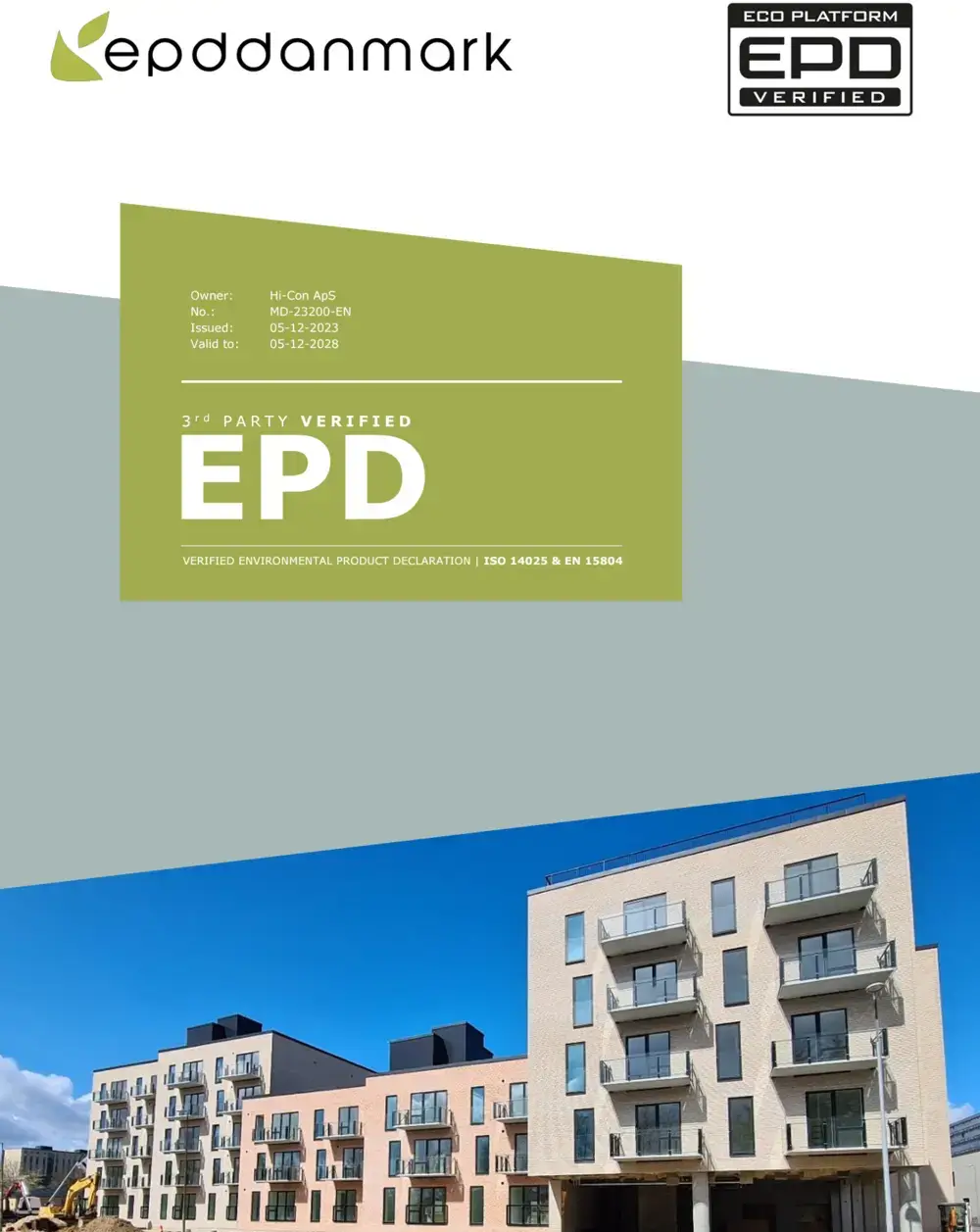
20. december 2023

Bij het overwegen van het gebruik van UHSB-elementen voor een project is een terugkerende zorg van de aannemer of het mogelijk is om UHSB-elementen te repareren die tijdens de installatie of het daaropvolgende bouwproces beschadigd of bevuild raken.
Dit is een legitieme zorg omdat a) het onrealistisch is om aan te nemen dat alle elementen de bouwfase zonder enige schade zullen doorstaan, en b) reparatiemortels en technieken die normaal worden gebruikt voor conventionele betonelementen niet voldoende zijn om de benodigde kwaliteit van de reparaties te garanderen.
Reparaties kunnen worden onderverdeeld in twee typen: kleinere (oppervlakkige of esthetische) reparaties en grotere (structurele) reparaties. Over het algemeen kunnen kleinere oppervlakkige reparaties door de aannemer worden uitgevoerd, terwijl structurele reparaties een specialist vereisen om ervoor te zorgen dat de structurele prestaties en duurzaamheid van het element behouden blijven (of hersteld worden).
Als de reparatie minder dan 1-2 mm diep is en een gebied van minder dan een A4-papier beslaat, heeft het geen significante invloed op de deklaag en is er om structurele redenen geen specialist nodig.
Hoeken en randen zijn moeilijk te repareren, vooral op trappen of op borstweringen die je met de hand aanraakt, maar op de meeste andere plaatsen is het veilig om kleinere reparaties zelf uit te voeren.
Als de schade is veroorzaakt door brand, een grote impact, explosie of iets dergelijks, is de kans op verborgen schade groot en moet deze door een specialist worden beoordeeld voordat reparaties plaatsvinden. Normale impact (zoals het laten vallen van kleinere apparatuur of elementen die elkaar raken tijdens de installatie) is normaal gesproken geen probleem.
De functie van het beschadigde deel kan soms cruciaal zijn. Een voorbeeld kan een hoek zijn die wordt gebruikt om twee elementen met deuvels te verbinden – elke schade aan dat gebied kan de verbinding compromitteren en daarmee de algehele veiligheid. Een ander voorbeeld is schade dicht bij kritische schroefhulzen of aan de schroefhulzen zelf.
Als je twijfelt, vraag dan altijd advies aan de leverancier – een paar afbeeldingen via e-mail of mobiele telefoon zijn meestal voldoende voor een snelle beoordeling of je het zelf kunt repareren of niet.

Wij staan klaar om je met jouw project te helpen!
VUL HET FORMULIER HIERONDER IN EN WIJ NEMEN CONTACT MET JE OP